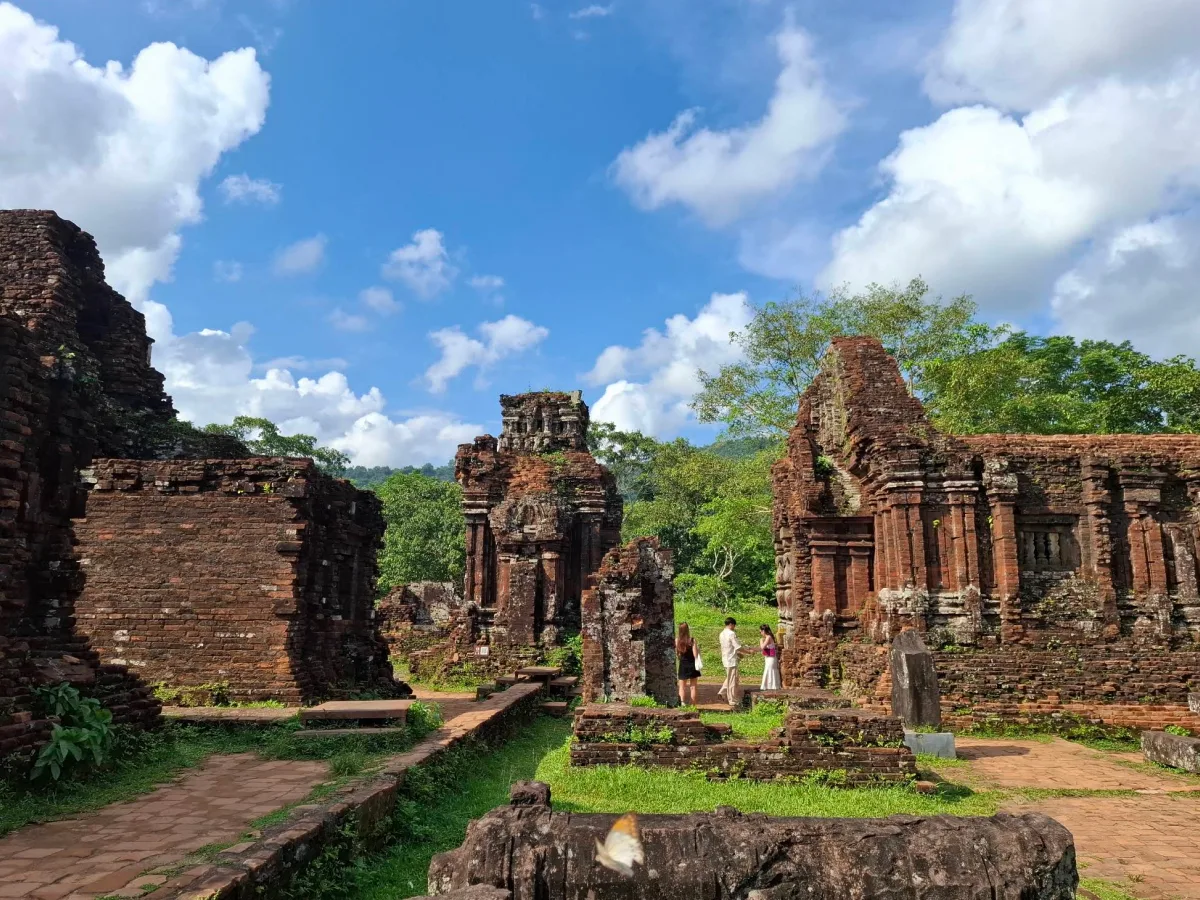
Top 10 UNESCO World Heritage Sites in Vietnam: A Journey Through Time & Culture
Vietnam is a land where history, culture, and nature blend into a vivid, living masterpiece. Amidst its modern rhythm, this country preserves priceless treasures recognized by UNESCO — stretching from North to South.
Each site tells a story — of ancient dynasties, spiritual beliefs, and breathtaking landscapes — revealing the very soul of Vietnam.
Join me as we journey through 10 of Vietnam’s most remarkable UNESCO World Heritage Sites, not just to see them, but to feel the stories they carry.
1. Ha Long Bay – The Descending Dragon Bay (Quang Ninh)
Standing on the deck, surrounded by thousands of limestone islands rising from emerald waters, I felt like I had stepped into a mythical world. Ha Long Bay’s misty mornings and majestic rock formations create a surreal, almost spiritual scene.
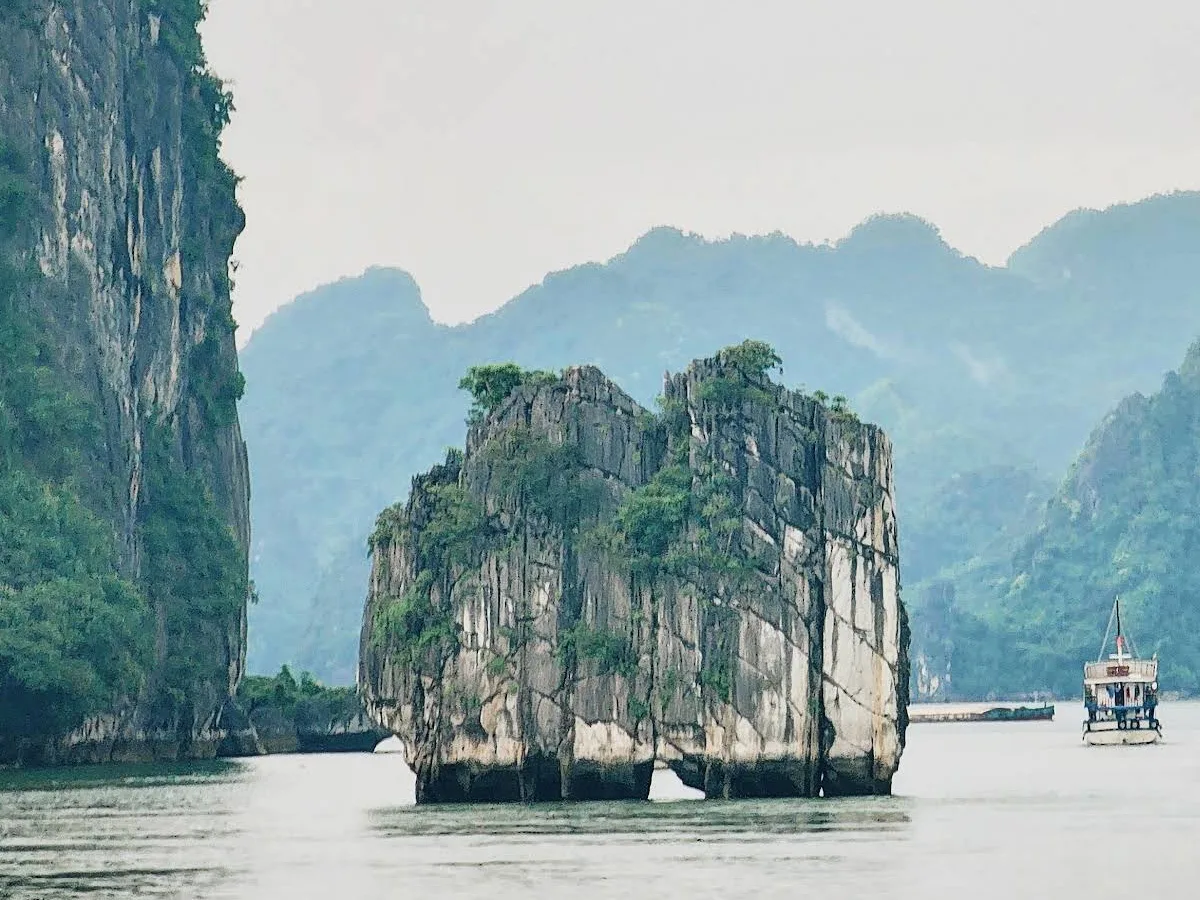
Type: Natural Heritage
UNESCO Inscribed: 1994 (scenic beauty), 2000 (geological value)
Best Time to Visit: October – April (clear skies, mild weather)
Highlights: Overnight cruise, kayaking through caves, floating fishing villages
Must-Try Food: Grilled squid cake, sa sung (sea worm), steamed clams
Tip: Combine your trip with nearby Yen Tu Mountain or Co To Island
2. Trang An Landscape Complex – The “Ha Long Bay on Land” (Ninh Binh)
As I drifted along the Ngo Dong River on a small wooden boat, towering limestone peaks reflected in the green water, it felt like floating through a dream. Trang An is where Vietnam’s ancient capital, Hoa Lu, meets stunning natural beauty.
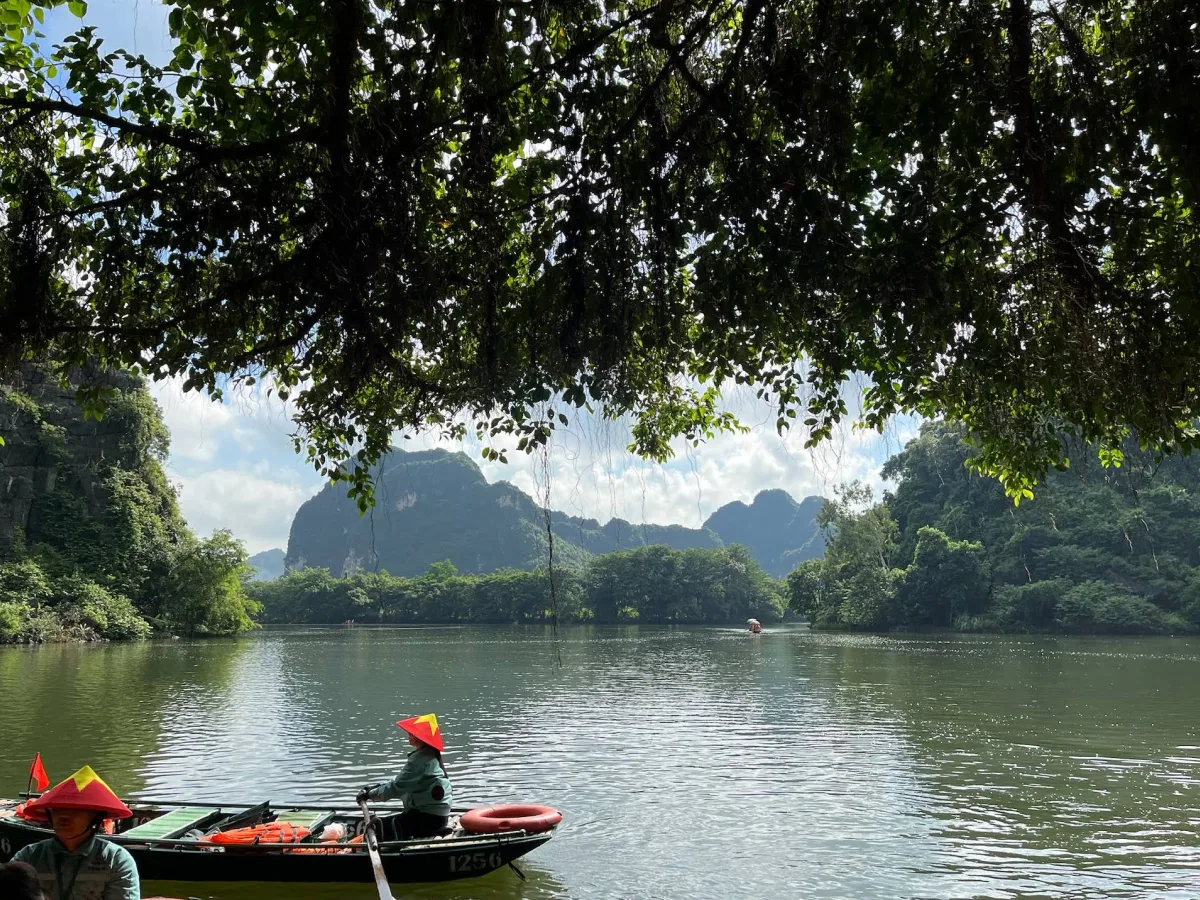
Type: Mixed (Cultural & Natural)
UNESCO Inscribed: 2014
Best Time to Visit: May–June (golden rice season) or February–April (festival season)
Highlights: Boat tours, Hang Mua hike, Hoa Lu ancient citadel
Must-Try Food: Crispy rice, mountain goat, Kim Son rice wine
Tip: Don’t miss Bai Dinh Pagoda – the largest pagoda in Southeast Asia
3. Imperial Citadel of Thang Long – The Timeless Heart of Hanoi
Wandering through the ancient gates and archaeological remains, I could almost hear the echo of drums from a thousand years ago. This site is the very foundation of Hanoi’s millennia-old history.
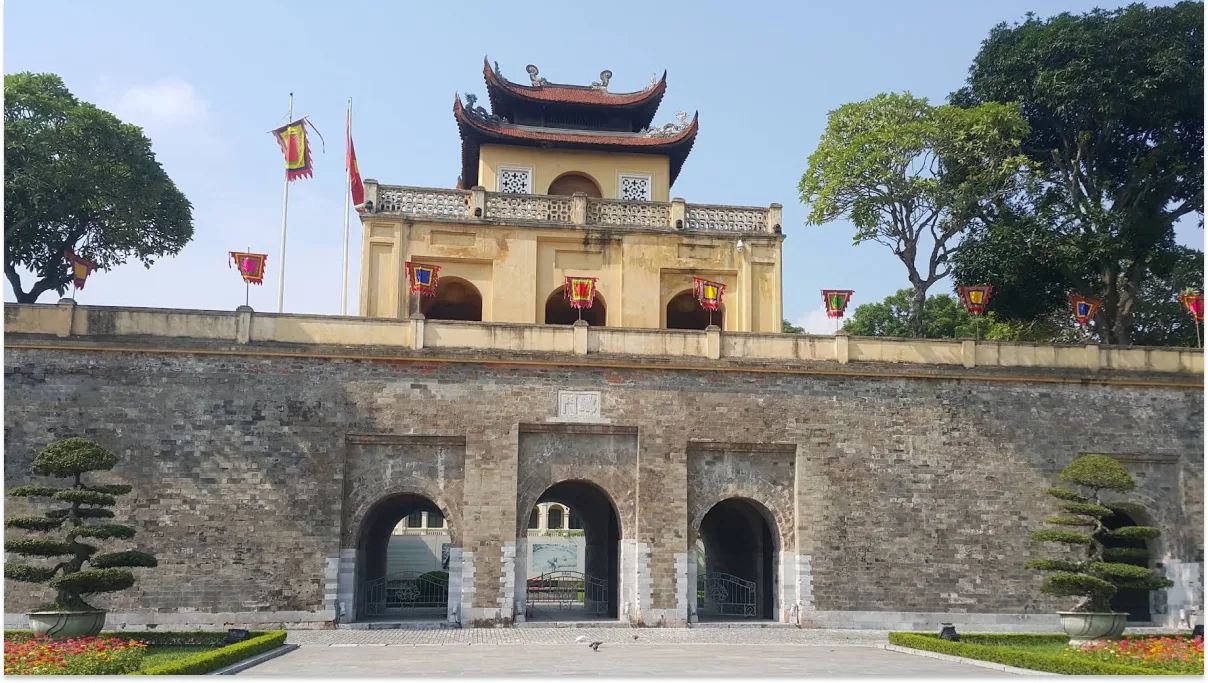
Type: Cultural Heritage
UNESCO Inscribed: 2010
Best Time to Visit: September–November (autumn in Hanoi)
Highlights: Doan Mon Gate, Kinh Thien Palace, archaeological exhibition
Nearby Eats: Pho Bat Dan, Bun Cha Hang Quat, Giang Egg Coffee
Combine With: Hoan Kiem Lake, Temple of Literature, Hanoi Old Quarter
4. The Ho Dynasty Citadel – Vietnam’s Stone Fortress (Thanh Hoa)
Built entirely from massive stone blocks in the 14th century, the Ho Dynasty Citadel stands proudly amid green fields. Each rock seems to whisper stories of power and resilience.
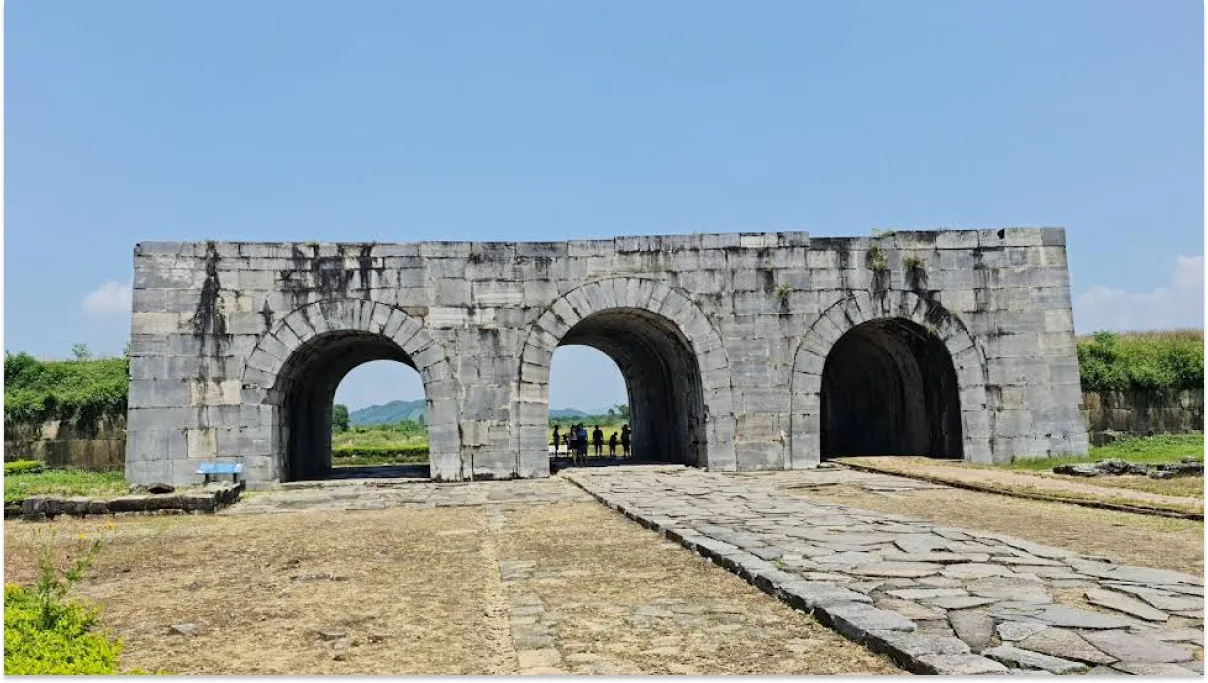
Type: Cultural Heritage
UNESCO Inscribed: 2011
Best Time to Visit: March–May
Highlights: Main gate, ancient ramparts, archaeological relics
Local Food: Thanh Hoa fermented pork rolls, shrimp paste cakes, rice rolls
Combine With: Cam Luong God Fish Stream, Sam Son Beach
5. Phong Nha–Ke Bang National Park – The Kingdom of Caves (Quang Binh)
This is nature’s masterpiece. Standing inside Son Doong — the world’s largest cave — I was speechless. Light beams from above revealed hidden rivers and giant formations unlike anywhere else on Earth.
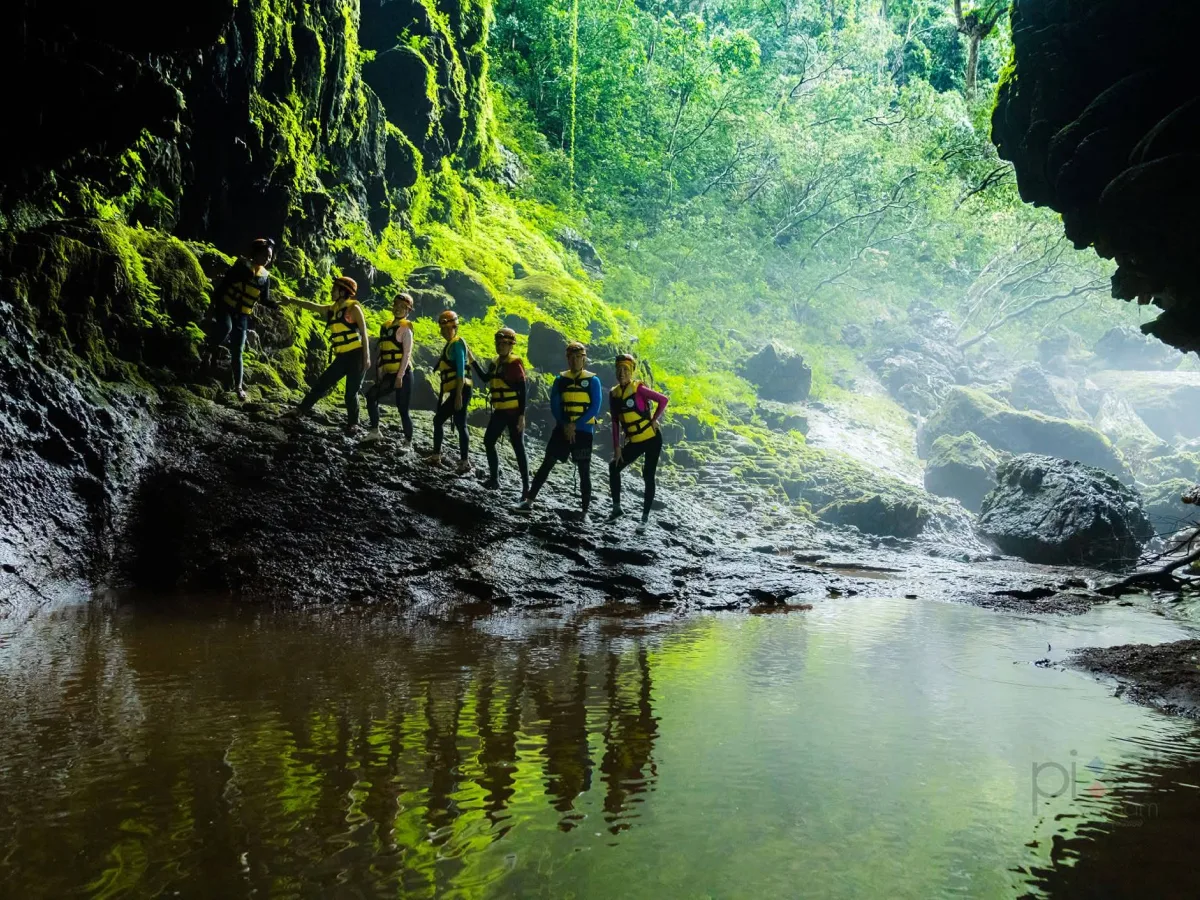
Type: Natural Heritage
UNESCO Inscribed: 2003 (geology), 2015 (biodiversity)
Best Time to Visit: March–August (dry season)
Highlights: Son Doong Cave, Paradise Cave, Dark Cave zipline, Chay River
Must-Try Food: Dried sweet potatoes, river fish, fish hotpot
Combine With: Mooc Spring, Nhat Le Beach
6. Complex of Hue Monuments – The Imperial Legacy (Thua Thien Hue)
Hue is quiet yet majestic. The moss-covered roofs of the Imperial Citadel, the sound of royal court music, and the tranquil Perfume River embody the soul of Vietnam’s last dynasty.
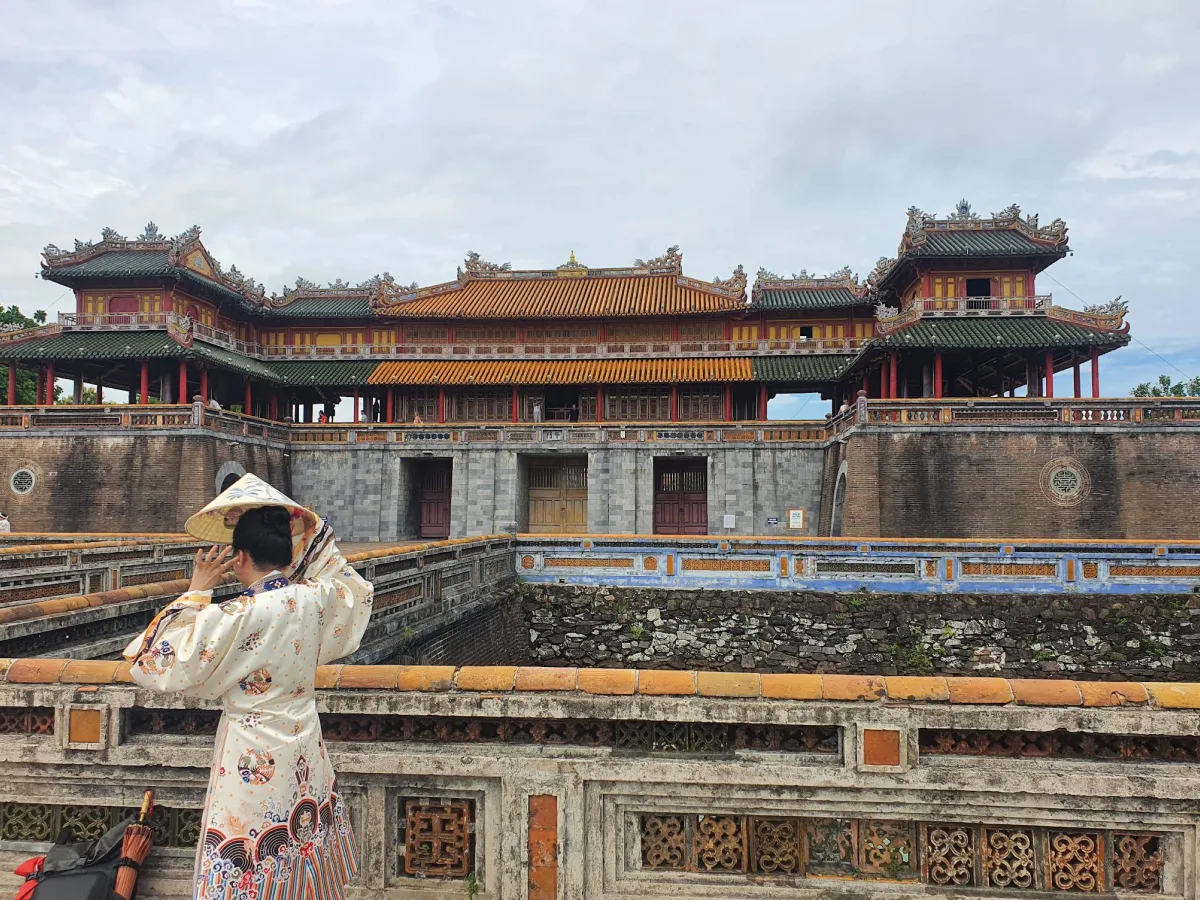
Type: Cultural Heritage
UNESCO Inscribed: 1993
Best Time to Visit: April–August
Highlights: Imperial City, Tu Duc Tomb, Minh Mang Tomb, Perfume River cruise
Must-Try Food: Hue beef noodle soup (Bun Bo Hue), Banh Beo, sweet lotus tea
Combine With: Hai Van Pass, Tam Giang Lagoon
7. Hoi An Ancient Town – The Lantern-lit Wonder (Quang Nam)
When night falls in Hoi An, thousands of lanterns light up the riverside streets, reflecting on the Hoai River. I sat by the water, sipping coffee as boats floated by — pure magic.
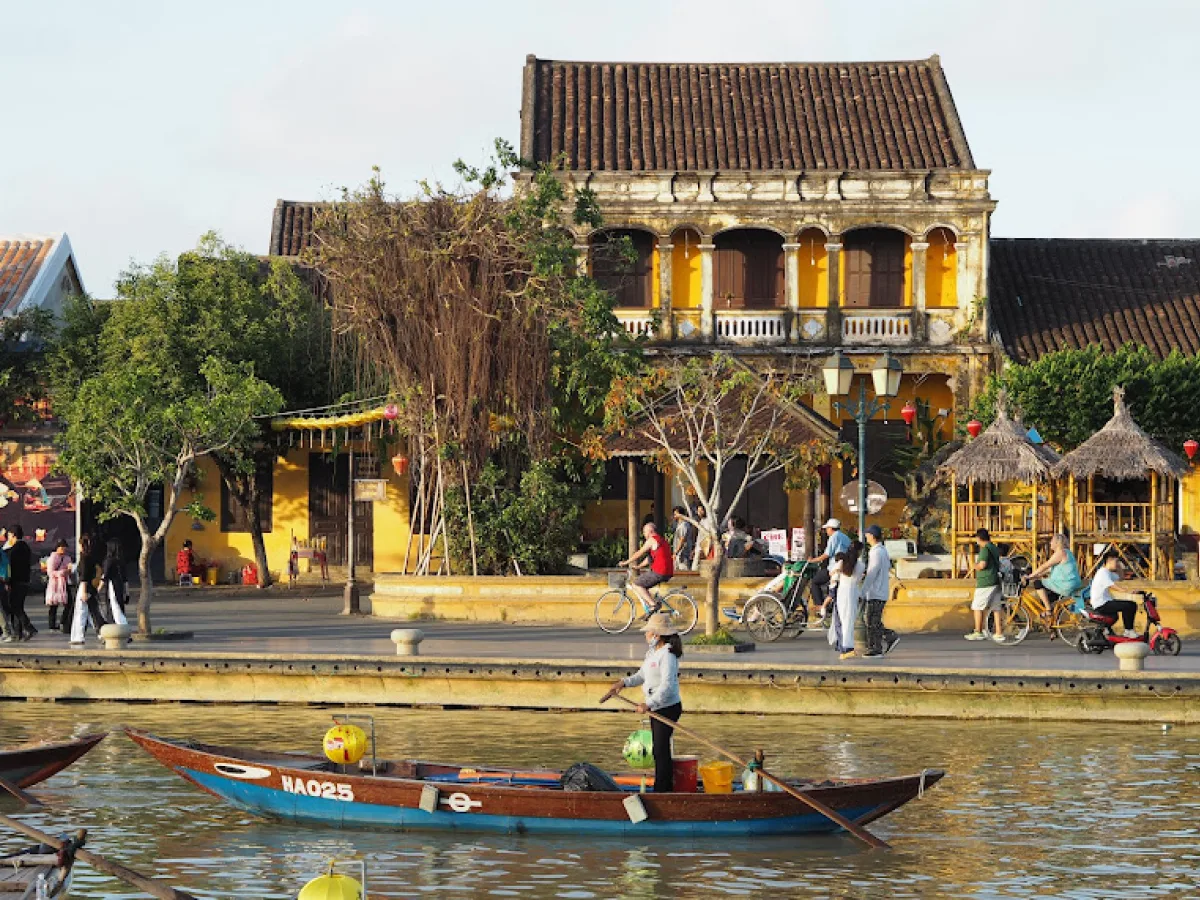
Type: Cultural Heritage
UNESCO Inscribed: 1999
Best Time to Visit: February–April
Highlights: Lantern festival, Japanese Covered Bridge, ancient houses
Must-Try Food: Cao Lau noodles, Mi Quang, Phuong Banh Mi
Combine With: An Bang Beach, Bay Mau Coconut Forest
8. My Son Sanctuary – The Lost Kingdom of Champa (Quang Nam)
Hidden in a lush valley, the red-brick towers of My Son whisper the glory of the ancient Champa Kingdom. Each relief tells stories of faith, art, and time.

Type: Cultural Heritage
UNESCO Inscribed: 1999
Best Time to Visit: February–August
Highlights: Cham tower complex, traditional Apsara dance performances
Must-Try Food: Quang-style pancakes, Tam Ky chicken rice
Combine With: Hoi An, Da Nang
9. Con Dao Islands – The Sacred Pearl of the South (Ba Ria – Vung Tau)
Con Dao is both spiritual and serene. I once visited Hang Duong Cemetery at midnight — a deeply moving experience. By day, the island transforms into a tropical paradise of turquoise water and white sand.
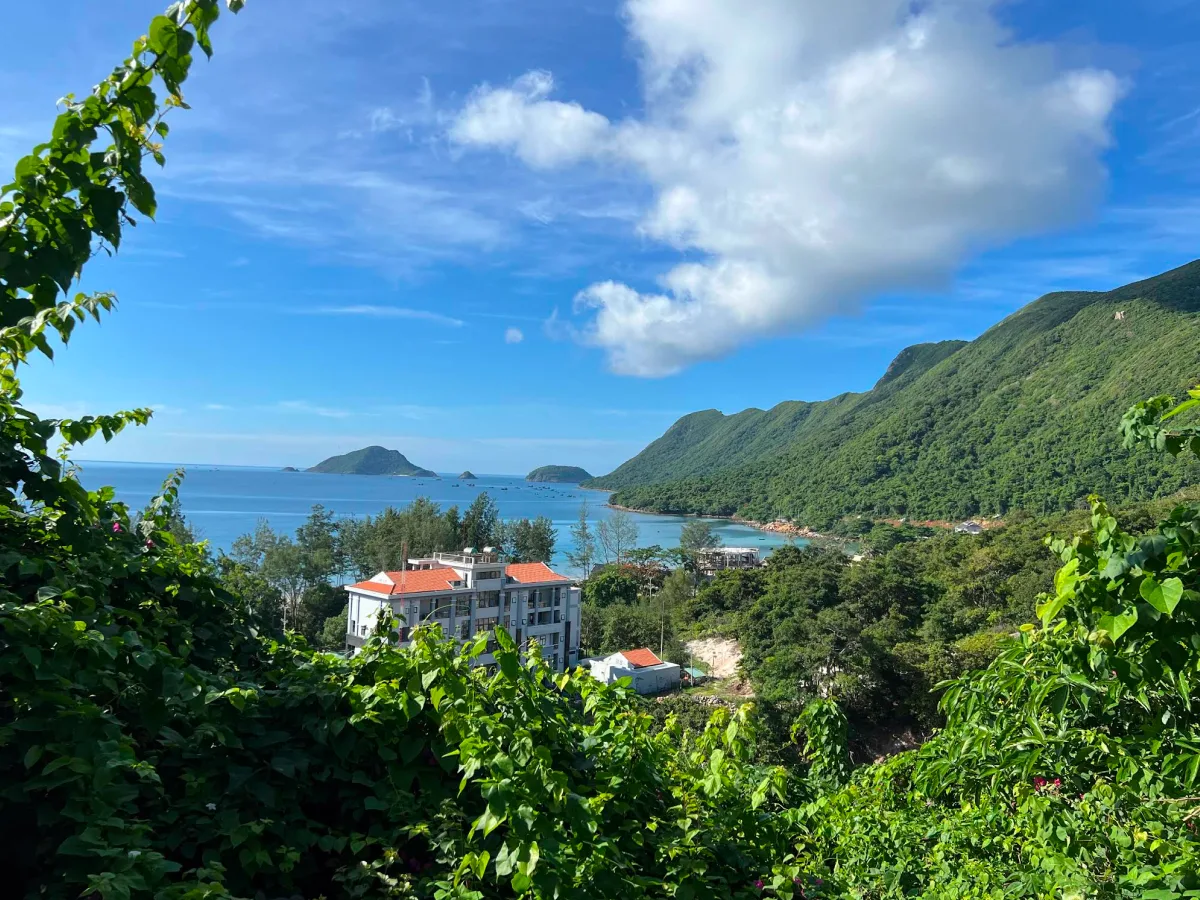
Type: (On UNESCO Tentative List – Natural Potential)
Best Time to Visit: March–September
Highlights: Snorkeling, hiking, historical prison sites
Must-Try Food: Lobster, red grouper, candied tropical almonds
Combine With: Vung Tau, Long Hai
10. Cham Islands – The Biosphere Paradise (Quang Nam)
Cu Lao Cham offers perfect balance — diving in the morning, feasting on seafood at noon, then relaxing in a hammock by sunset. It’s the ultimate escape for nature lovers.
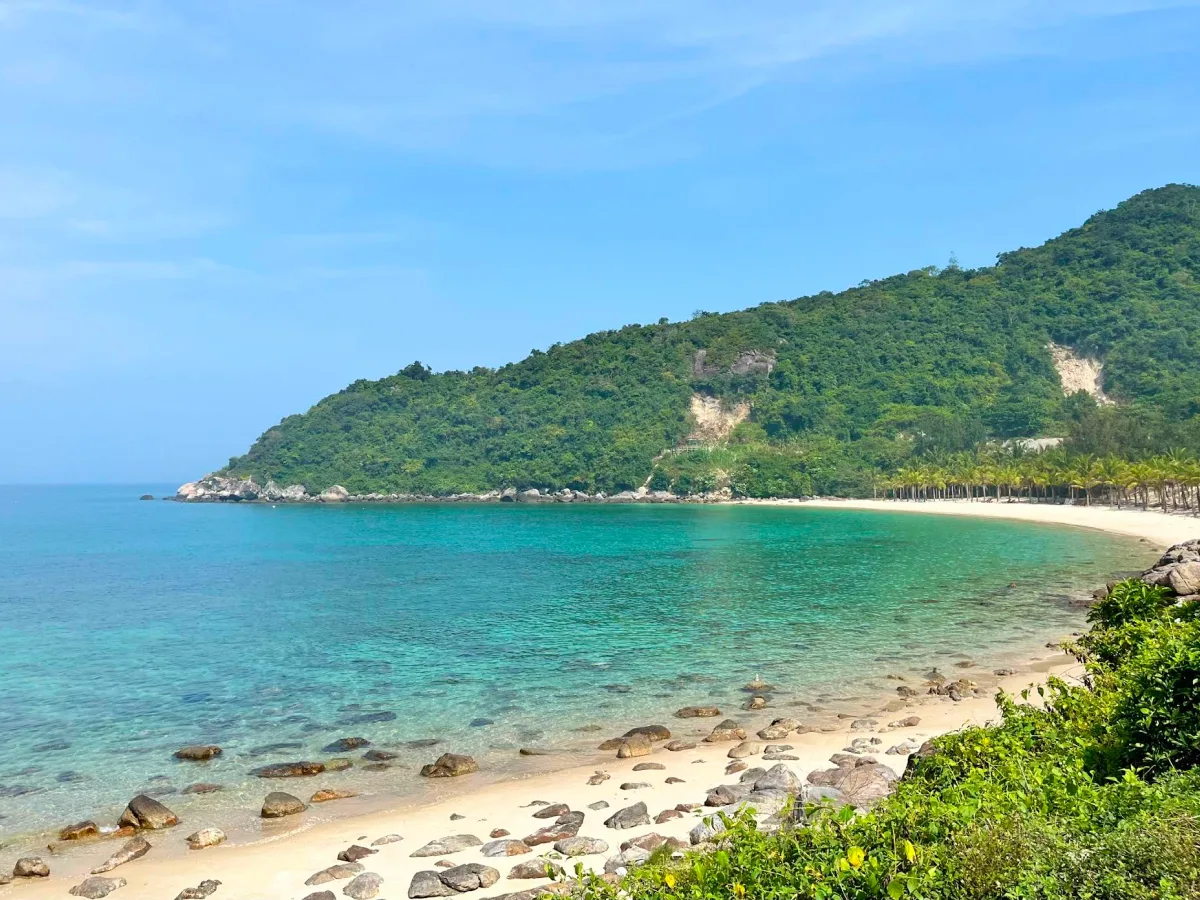
Type: UNESCO Biosphere Reserve (2009)
Best Time to Visit: March–August
Highlights: Coral diving, boat tours, local homestay
Must-Try Food: Rock crab, one-sun-dried squid, snails
Combine With: Hoi An and My Son
Conclusion
Vietnam’s UNESCO World Heritage Sites are not just symbols of the past — they are living stories that invite us to slow down, connect, and appreciate.
From the ethereal beauty of Ha Long Bay, the mystique of Phong Nha, to the romantic charm of Hoi An, each destination reveals a piece of Vietnam’s soul.
👉 If you’re planning your Vietnam trip, let it be more than sightseeing — let it be a journey of connection, culture, and discovery.
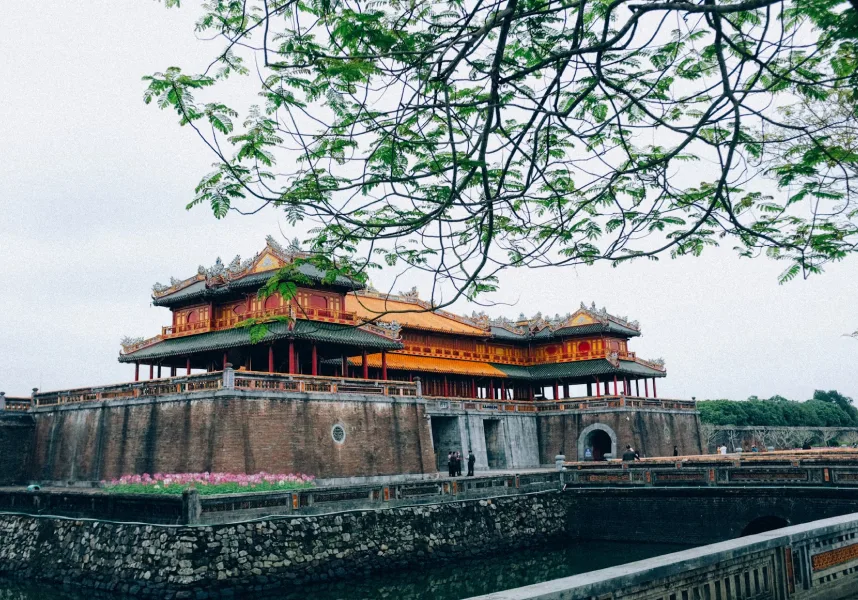
Comments (0)